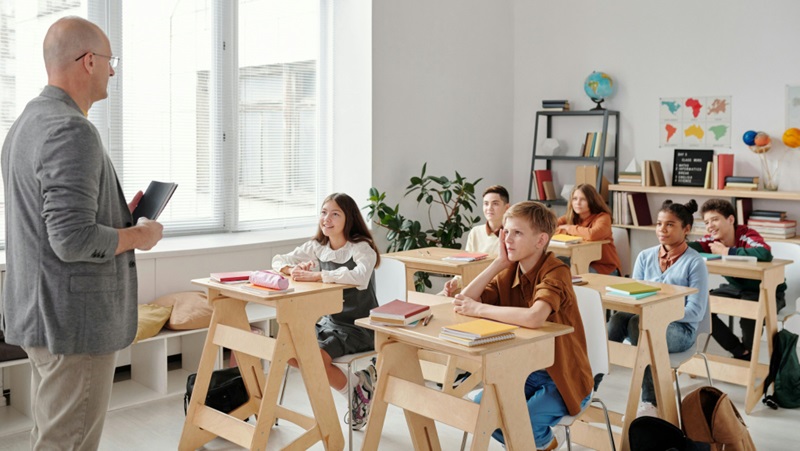How to Keep Children More Engaged in the Classroom

Engaging students in the classroom is crucial for their learning and development. Children who are actively engaged in lessons tend to understand concepts better, retain more information, and feel more motivated to learn. Here are some tips for teachers on how to keep children more engaged in the classroom.
Make Learning Relevant
Relate classroom lessons and activities to things that matter to students in their everyday lives. Use examples they can relate to based on their interests, experiences, and prior knowledge. When students see how new knowledge connects to their lives and things they care about, they become more intrinsically motivated to learn.
Incorporate Active Learning
Get students actively involved in the learning process through hands-on activities, experiments, discussions, debates, presentations, and more. Passive learning by just listening to lectures is far less engaging. Active learning makes students active participants rather than passive receivers of information. This promotes deeper understanding, retention, and engagement.
Use Technology Interactively
Technology like computers, tablets, smartboards, and apps can be highly engaging for students when incorporated interactively. Use technology to allow students to create, collaborate, research, problem-solve, do interactive assignments, or demonstrate their knowledge in creative ways. This brings variety into the classroom routine.
Give Frequent Feedback
Provide regular positive feedback acknowledging students’ effort, participation, good questions/ideas, improvements, etc. Recognize both progress and achievement. This motivates students to keep persevering. Also, give ongoing constructive feedback to help them improve areas of weakness. Feedback shows you value their learning.
Promote Peer Interaction
Facilitate regular peer interaction through group/pair work, discussions, collaborative projects, peer tutoring, and games. Learning from and cooperating with classmates encourages engagement. It also builds teamwork and interpersonal skills. But provide clear guidelines for respectful interaction.
Ask Engaging Questions
Ask open-ended questions that stimulate deeper thinking and lively class discussions, such as “What if…?” or “How would you…?” questions. Also, pose fun brainteaser type questions, riddles, or challenges to spark interest and friendly competition. Just make sure all students can participate.
Incorporate Physical Movement
Integrate short physical activity breaks, exercises, games, dance videos, etc. This re-energizes and re-focuses students. Also, use active learning methods like role playing, simulations, learning stations, gallery walks, etc. that get students moving. Physical engagement boosts mental engagement.
Offer Student Choice
Provide students with options and a degree of autonomy. For example, give choices on discussion topics, how to present projects, seating arrangements, or which assignments to complete first. Having some control over their learning increases engagement and motivation.
Vary Instructional Strategies
Utilize a variety of teaching methods like direct instruction, inquiry-based learning, individual/group work, stations, games, etc. A diverse mix of instructional strategies keeps lessons feeling fresh and appealing to different learning styles.
Make it Fun!
Look for ways to add an element of fun into lessons through friendly competition, entertainment, humor, or games. Learning that feels rewarding and even joyful will naturally fully engage students!
Make sure you take advantage of professional development opportunities so you can stay up-to-date with the latest teaching recommendations. Fresno Pacific University continuing education courses are a good place to start.
Keeping children actively engaged in the classroom requires using imaginative, interactive, and student-centered teaching strategies. When children feel invested in their own learning, they develop important skills like critical thinking, cooperation, and problem-solving in an organic way. The more engaged students are, the greater their academic and personal growth will be.